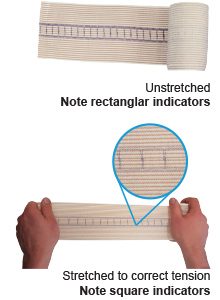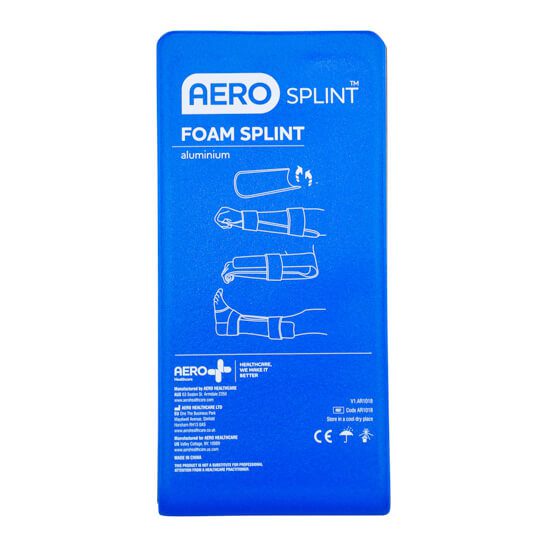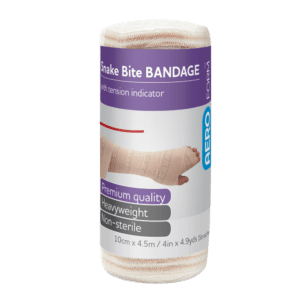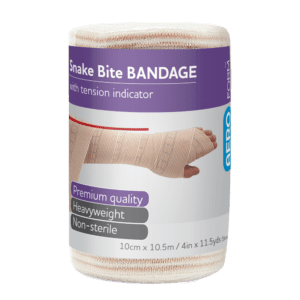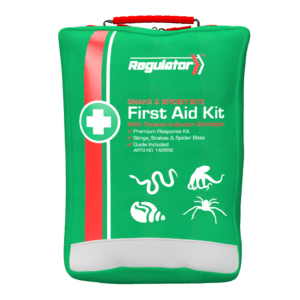Why Quick Application of Correct First Aid is Critical
Australian’s have more than their fair share of deadly snakes. 21 out of the 25 of earth’s most venomous snakes live right here, including the world’s most deadly snake, the Inland Taipan, that is based off the LD50 test on mice (Read more). Despite the extreme toxicity of this snake, to date, no one has died due to an Inland Taipan bite due to the quick application of correct first aid and hospital treatment. However, with the Risk of snake bites currently skyrocketing due to ongoing drought conditions experienced throughout much of Australia, Australian’s have been warned to be extra vigilant with their own safety and the safety of their pets (Read more).
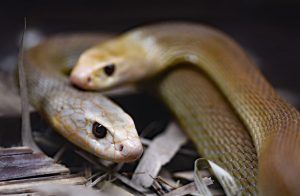
Photo by David Clode on Unsplash
The Australian Resuscitation Council (ARC) recommends the use of pressure immobilisation bandaging, known as PIB, as best practice for snake bite first aid for snakebite treatment in Australia. The Pressure Immobilisation technique retards the flow of lymph by which venoms gain access to the circulation. The Australian Resuscitation
Council also notes that “It has also been shown that there may be inactivation of certain venoms and venom components when the injected venom remains trapped in the tissues by the pressure bandage.1”
The Department of Pharmacology and Therapeutics states that “any movement of the limb quickly results in venom absorption and must be prevented; therefore first aid must be an immediate priority after a snake bite. 2.
When to Use the Pressure Immobilisation Technique
The Pressure Immobilisation Technique (PIT) is recommended for application to more than just snake bites, and includes stings by the following creatures:
- All Australian venomous snakes, including sea snakes [Class A; LOE III]
- Funnel Web spider [Class A; LOE IV]
- Blue-ringed octopus [Class B; LOE Expert Consensus Opinion]
- Cone shell [Class B; LOE Expert Consensus Opinion]
When Not To Use the Pressure Immobilisation Technique
The Pressure Immobilisation Technique is NOT recommended for the first aid
management of:
- Other spider bites including redback;
- Jellyfish stings;
- Fish stings including stonefish bites
- Stings by scorpions, centipedes or beetles.
(See full guide by clicking below:)
Always Seek Medical Attention after a Snake Bite
Regardless of whether or not you’re sure that the snake was venomous, make sure that you or the patient seek medical attention immediately!
In order to meet the basic requirements of compression and immobilisation required to effectively treat a snake bite, Aero has developed Premium Indicator Bandages, to complement the portable splint range. By spreading the knowledge of how to effectively treat dangerous snake bites, we’re all making our country a little safer to live in.
For more information on this or on any Aero Product, please don’t hesitate to contact us today.



